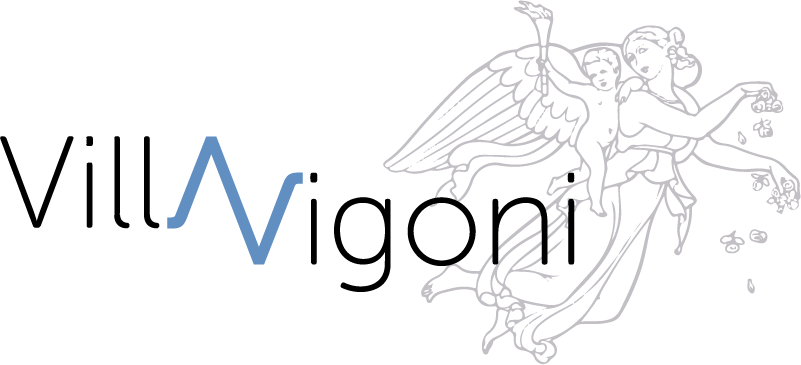


“With that bequest I intend to pay homage and give new life to the tradition dating back to Enrico Mylius and to Goethe.”
It was with these words in his will that Ignazio Vigoni Medici di Marignano clarified how the memory of the past should constitute the founding element of that “centre of high Italian-German culture”, which would be established as a result of his wish to leave his property in Loveno, on Lake Como, to the German Federal Republic. But what was that “tradition” he referred to?
The story of Villa Vigoni begins with the arrival of Heinrich Mylius (1769–1854), who had not yet turned twenty. He travelled from Frankfurt am Main to Milan in order to expand the family firm’s business in Italy. Thanks to his extraordinary ability as an entrepreneur, he achieved great success within the space of just a few years, building up a considerable fortune.
In addition to frequenting Italian-German financial circles, Mylius, who had a keen interest in literature, philosophy, art and music, also established firm friendships with the leading exponents of “Milanese” culture at the time, including Massimo d’Azeglio, Francesco Hayez and Alessandro Manzoni.
In 1799 he married Friederike Schnauss (1771-1851) in Weimar. She introduced her husband to the court of Grand Duke Karl August of Saxe-Weimar-Eisenach, where Mylius regularly met and formed relationships with Friedrich Schiller, Johann Wolfgang Goethe and Johann Gottfried Herder. Within this milieu, Mylius played an important role as a contact and endorser for Italian culture in Germany and vice versa. As patron and benefactor, he put large amounts of money into founding nurseries, schools, libraries, prizes for students and study grants in Frankfurt am Main and Milan. It was in the Lombard capital that he achieved his most ambitious undertaking: founding and funding the “Società d’Incoraggiamento d’Arti e Mestieri”, Italy’s first technical school.
Purchased by Enrico Mylius in 1829 as a wedding gift for his son Giulio and his son’s wife Luigia Vitali, the use of the villa and its spaces was partly reconsidered following the sudden and tragic death of Giulio just a few days after the marriage. The place was therefore adapted so that memory and culture could be interpreted within an artistic dimension. As a result, the paintings and sculptures that can be seen in the rooms and gardens represent the ideal chapters of a tale that still today tells the story and the fate of a family associated with high standards of human knowledge and creativity.
The conservation and promotion of this past were fostered by three generations of the Mylius-Vigoni family after Enrico. Then came the last descendent, Ignazio Vigoni, who bequeathed the property in Loveno to the German Federal Republic, as a symbol of his family’s roots.
It was precisely because of this story, in which reciprocal international and transnational exchanges play such an important part, that the German Federal Republic decided to accept Ignazio Vigoni’s gift. The German-Italian Centre was founded in agreement with the Republic of Italy with a view to promoting Italian-German relations in the fields of science, education and culture, incorporating their links with the economy, society and politics, through study stays, talks, round tables, seminars and events.
Enrico Mylius was a man with a vision: “May our common work … every hour more worthily reach the objective for which it was created, that is to say looking after the general good and uniting around us the suffrage and sympathies of all those who love what is beautiful, useful and honest.” This vision is still being kept alive today.
Villa Vigoni’s library is comprised of two parts: the modern part housing the books connected to the centre’s current activities and the historical part formed by the Mylius-Vigoni collection. The latter includes some important original editions from the Italian and German nineteenth-century literary tradition, travel books, atlases, art and botany books. The library houses more than 20,000 volumes in total.
The historical archive conserves documents and papers associated with the Mylius-Vigoni family, as well as administrative documents for the Loveno property dating between the eighteenth and twentieth century.